Home>Furniture & Design>Interior Design Trends>How To Make Glass Panes


Interior Design Trends
How To Make Glass Panes
Modified: August 16, 2024
Learn how to incorporate glass panes into your interior design with our expert tips. Stay updated on the latest interior design trends.
(Many of the links in this article redirect to a specific reviewed product. Your purchase of these products through affiliate links helps to generate commission for Storables.com, at no extra cost. Learn more)
Introduction
Glass panes are essential components of modern architecture and interior design. They serve as versatile elements that allow natural light to permeate indoor spaces, creating an open and airy ambiance. Whether used for windows, doors, or decorative accents, glass panes add a touch of elegance and sophistication to any setting.
Crafting your own glass panes can be a rewarding and creative endeavor, enabling you to customize the size, shape, and design to suit your specific needs. By following a few simple steps and taking necessary safety precautions, you can create stunning glass panes that enhance the aesthetic appeal of your living or working space.
In this guide, we will explore the materials needed, step-by-step instructions, safety precautions, and valuable tips and tricks for making glass panes. Whether you are a seasoned DIY enthusiast or a novice looking to embark on a new project, this comprehensive resource will equip you with the knowledge and confidence to produce beautiful and functional glass panes for your home or office.
Key Takeaways:
- Crafting your own glass panes allows for customization of size, shape, and design, enhancing the aesthetic appeal of any space while embracing creativity and precision.
- Prioritizing safety measures and utilizing high-quality materials are essential for creating stunning and safe glass panes, fostering a sense of artistry and innovation in the craft.
Read more: How To Craft Glass Panes
Materials Needed
To embark on the journey of creating your own glass panes, you will need a selection of essential materials and tools. Each item plays a crucial role in the glass-making process, ensuring that you can achieve professional results with precision and safety. Here's a comprehensive list of the materials needed to get started:
-
Glass Sheets: The primary material for crafting glass panes is, of course, the glass itself. You can obtain glass sheets in various sizes and thicknesses from specialized suppliers or hardware stores. Ensure that the glass sheets are of high quality and free from imperfections to achieve a flawless final product.
-
Glass Cutter: A reliable glass cutter is indispensable for scoring and cutting the glass sheets to your desired dimensions. Look for a cutter with a sturdy handle and a sharp, durable cutting wheel to facilitate clean and accurate cuts.
-
Cutting Oil: Cutting oil is applied to the glass cutter's wheel to lubricate the cutting process, reducing friction and heat generation. This lubrication is essential for achieving smooth and precise cuts without damaging the glass.
-
Straight Edge: A straight edge, such as a metal ruler or T-square, is essential for guiding the glass cutter along straight lines during the cutting process. This ensures that your glass panes have clean, straight edges for a professional finish.
-
Glass Grinder: A glass grinder is a valuable tool for smoothing and shaping the edges of the glass panes after cutting. It allows you to refine the edges to remove any sharpness and create a uniform, polished appearance.
-
Safety Equipment: Working with glass requires the use of appropriate safety gear, including safety goggles to protect your eyes from glass shards, cut-resistant gloves to safeguard your hands, and a dust mask to prevent inhalation of glass particles.
-
Work Surface: A sturdy and flat work surface, such as a workbench or table, is essential for cutting and grinding the glass. Ensure that the surface is clean and level to facilitate precise and safe glass manipulation.
-
Cleaning Supplies: To ensure that your glass panes are pristine and free from debris, have cleaning supplies such as glass cleaner, lint-free cloths, and a squeegee on hand to remove any marks or residue.
By gathering these essential materials and tools, you will be well-equipped to commence the process of creating your own glass panes with confidence and precision. Each item serves a vital purpose in the glass-making journey, contributing to the successful realization of your custom-designed glass panes.
Steps to Make Glass Panes
-
Prepare the Work Area: Begin by setting up your work area on a clean, flat surface. Ensure that the space is well-ventilated and free from any obstructions to allow for safe and efficient glass manipulation.
-
Measure and Mark the Glass: Using a straight edge and a glass cutter, carefully measure and mark the glass sheet according to the desired dimensions for your glass pane. Double-check the measurements to ensure accuracy before proceeding to the next step.
-
Score the Glass: With the glass sheet securely positioned on your work surface, use the glass cutter to score along the marked lines. Apply consistent pressure to create a clean and precise scoreline across the surface of the glass.
-
Break the Glass Along the Scoreline: Once the glass is scored, carefully apply pressure along the scoreline to break the glass sheet into the desired sections. Exercise caution and use protective gloves to handle the broken edges safely.
-
Smooth the Edges: After cutting the glass, use a glass grinder to smooth and refine the edges of each glass pane. This step is crucial for removing any sharpness and creating a uniform, polished finish along the edges.
-
Clean the Glass Panes: Thoroughly clean the glass panes using glass cleaner and lint-free cloths to remove any debris, fingerprints, or marks. Ensure that the glass surfaces are pristine and free from any imperfections.
-
Inspect for Quality: Carefully inspect each glass pane for any imperfections or irregularities. Address any issues that may affect the visual appeal or structural integrity of the glass panes before proceeding to installation or further use.
-
Optional: Customize the Glass: If desired, consider adding decorative elements or custom finishes to the glass panes, such as etching, frosting, or tinting, to enhance their aesthetic appeal and functionality.
By following these step-by-step instructions, you can create custom glass panes with precision and confidence. Each stage of the process contributes to the overall quality and visual appeal of the glass panes, ensuring that they meet your specific design and functional requirements.
When cutting glass panes, always wear safety goggles to protect your eyes from shards. Use a glass cutter to score the glass, then carefully snap it along the score line.
Safety Precautions
When working with glass, prioritizing safety is paramount to prevent accidents and minimize the risk of injury. The nature of glass manipulation involves sharp edges and the potential for glass shards, making it essential to adhere to strict safety precautions throughout the glass-making process. Here are crucial safety measures to observe:
-
Protective Gear: Prior to commencing any glass-cutting or grinding activities, ensure that you are equipped with the necessary protective gear. This includes safety goggles to shield your eyes from glass particles and splinters, cut-resistant gloves to safeguard your hands from sharp edges, and a dust mask to prevent inhalation of glass dust and debris.
-
Stable Work Surface: Utilize a stable and level work surface to conduct glass-cutting and grinding tasks. A sturdy workbench or table provides a secure platform for manipulating glass sheets, reducing the risk of accidental slips or falls that could lead to breakage or injury.
-
Proper Handling Techniques: When handling glass sheets, exercise caution and use controlled movements to minimize the risk of breakage and accidental cuts. Always carry glass sheets vertically and with a secure grip to prevent slippage and potential injury.
-
Careful Glass Cutting: When using a glass cutter to score and cut glass sheets, apply consistent pressure and maintain a steady hand to achieve clean and precise cuts. Avoid rushing the cutting process, as haste can lead to uneven scores and potential breakage, increasing the risk of injury.
-
Safe Disposal of Glass Waste: Properly dispose of glass waste and shards in designated containers to prevent accidental cuts and injuries. Use caution when handling and disposing of glass remnants to ensure the safety of yourself and others in the vicinity.
-
First Aid Preparedness: Have a first aid kit readily available in your work area, equipped with essential supplies for treating minor cuts and injuries. Being prepared to address any potential mishaps ensures prompt and effective care in the event of an accident.
By diligently adhering to these safety precautions, you can create glass panes with confidence and peace of mind, knowing that you have taken the necessary measures to protect yourself and others from potential hazards associated with glass manipulation. Safety should always remain a top priority throughout the glass-making process, allowing you to focus on crafting beautiful and functional glass panes without compromising personal well-being.
Tips and Tricks
Creating glass panes involves a delicate and precise process that can benefit from a range of tips and tricks to enhance the quality and efficiency of the craft. Whether you are a novice or experienced in glass manipulation, incorporating these insights into your glass-making endeavors can elevate the outcome of your projects.
-
Opt for High-Quality Glass: When selecting glass sheets for your panes, prioritize high-quality, flawless glass to ensure a pristine and professional finish. Investing in superior glass material minimizes the risk of imperfections and enhances the overall visual appeal of the finished panes.
-
Use Lubricated Glass Cutters: Keep your glass cutter's wheel well-lubricated with cutting oil to facilitate smooth and precise scoring. Proper lubrication reduces friction, resulting in clean and accurate cuts while prolonging the longevity of the cutting wheel.
-
Practice Controlled Pressure: When scoring and breaking the glass along marked lines, apply controlled pressure to achieve clean breaks without causing unnecessary damage to the glass. Consistent and deliberate force helps maintain the integrity of the glass sheets.
-
Employ a Glass Grinder with Finesse: Utilize a glass grinder with finesse to refine the edges of the glass panes. Smooth and polish the edges evenly, ensuring that they are free from sharpness and irregularities for a professional and safe finish.
-
Customize with Creativity: Explore creative customization options such as etching, frosting, or tinting to add unique touches to your glass panes. Customization allows for personalization and can transform ordinary glass panes into distinctive design elements.
-
Maintain a Clean Work Area: Keep your work area clean and organized throughout the glass-making process. A clutter-free and tidy workspace minimizes the risk of accidents and ensures that you can focus on the task at hand with clarity and precision.
-
Inspect for Flaws: Thoroughly inspect each glass pane for any flaws or imperfections after cutting and grinding. Address any irregularities promptly to maintain the quality and integrity of the glass panes before incorporating them into your projects.
-
Seek Inspiration and Guidance: Draw inspiration from diverse sources such as design magazines, online resources, or professional glass artisans. Seeking guidance and inspiration can spark creativity and provide valuable insights for refining your glass-making techniques.
By incorporating these tips and tricks into your glass-making process, you can elevate the quality, precision, and creativity of your glass panes. Each insight serves to enhance the overall experience of crafting custom glass panes while fostering a sense of mastery and artistry in the realm of glass manipulation.
Read more: How To Dispose Of Glass Panes
Conclusion
In conclusion, the art of creating glass panes is a captivating blend of precision, creativity, and craftsmanship. By following the outlined steps and incorporating essential safety precautions, individuals can embark on a fulfilling journey of producing custom glass panes tailored to their unique design preferences and functional requirements.
The process begins with gathering the necessary materials and tools, including high-quality glass sheets, a reliable glass cutter, cutting oil, a straight edge, a glass grinder, safety equipment, a suitable work surface, and cleaning supplies. Each item plays a crucial role in ensuring the successful and safe manipulation of glass, laying the foundation for the creation of impeccable glass panes.
The step-by-step instructions provide a clear roadmap for measuring, scoring, breaking, smoothing, and cleaning the glass panes, culminating in the inspection and optional customization of the finished products. These meticulous stages empower individuals to exercise precision and care throughout the glass-making process, resulting in glass panes that exude professionalism and visual allure.
Moreover, the emphasis on safety precautions underscores the importance of prioritizing personal well-being when engaging in glass manipulation. From protective gear to proper handling techniques and first aid preparedness, these measures serve as pillars of assurance, allowing individuals to immerse themselves in the creative process with confidence and peace of mind.
Furthermore, the inclusion of valuable tips and tricks elevates the glass-making experience, offering insights into selecting high-quality glass, utilizing lubricated glass cutters, practicing controlled pressure, and exploring creative customization options. These tips not only enhance the quality and efficiency of glass pane production but also foster a sense of artistry and innovation in the craft.
In essence, the journey of making glass panes transcends the realm of practicality, delving into the realm of artistic expression and personalized design. Whether used for windows, doors, or decorative accents, custom glass panes serve as captivating elements that infuse spaces with elegance, natural light, and individuality.
By embracing the art of glass manipulation, individuals can unleash their creativity, elevate their living or working environments, and embark on a fulfilling endeavor that celebrates the fusion of craftsmanship and design. The creation of custom glass panes is not merely a technical process; it is a testament to the transformative power of creativity and the timeless allure of glass as a medium for artistic expression.
Frequently Asked Questions about How To Make Glass Panes
Was this page helpful?
At Storables.com, we guarantee accurate and reliable information. Our content, validated by Expert Board Contributors, is crafted following stringent Editorial Policies. We're committed to providing you with well-researched, expert-backed insights for all your informational needs.
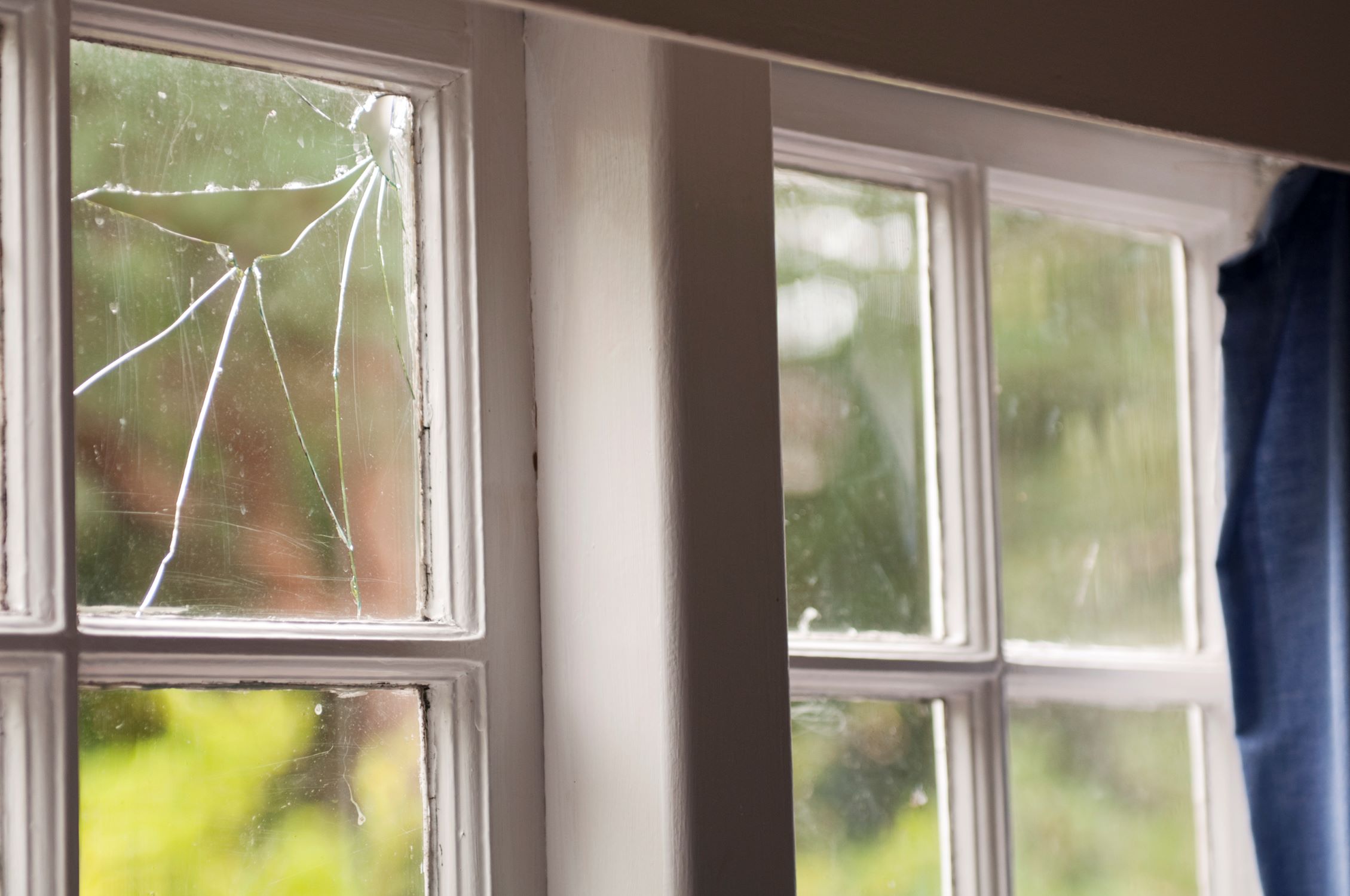
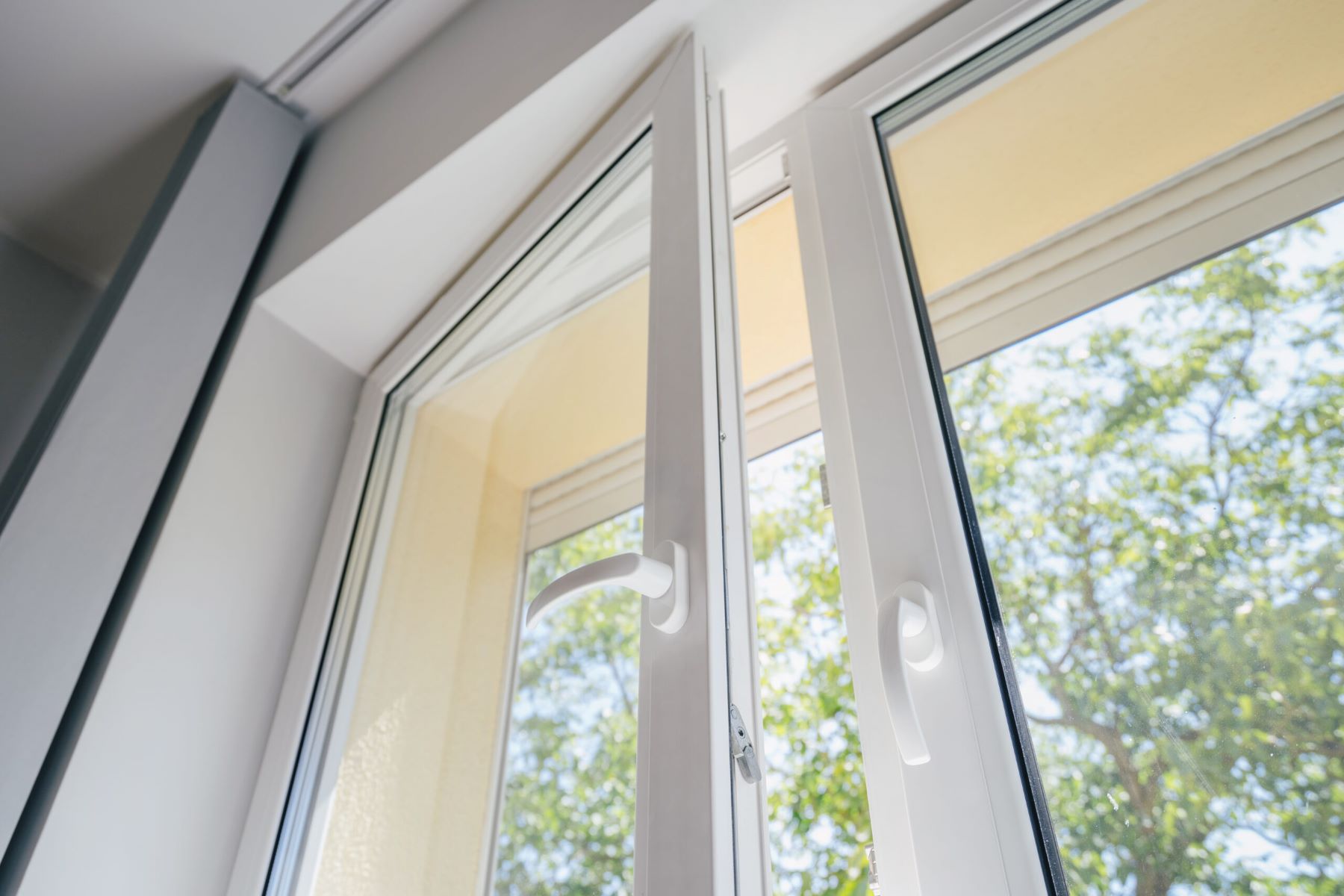
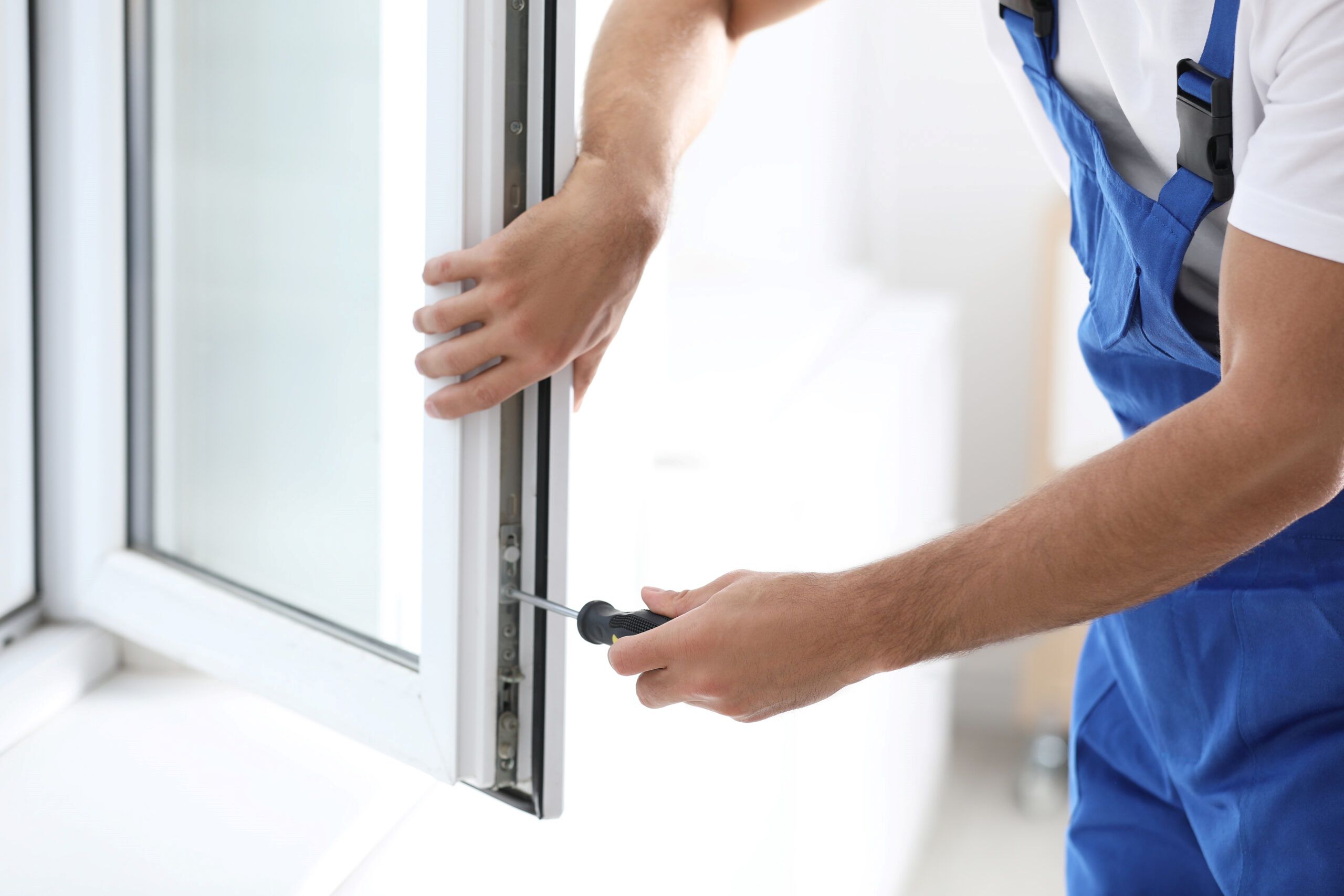
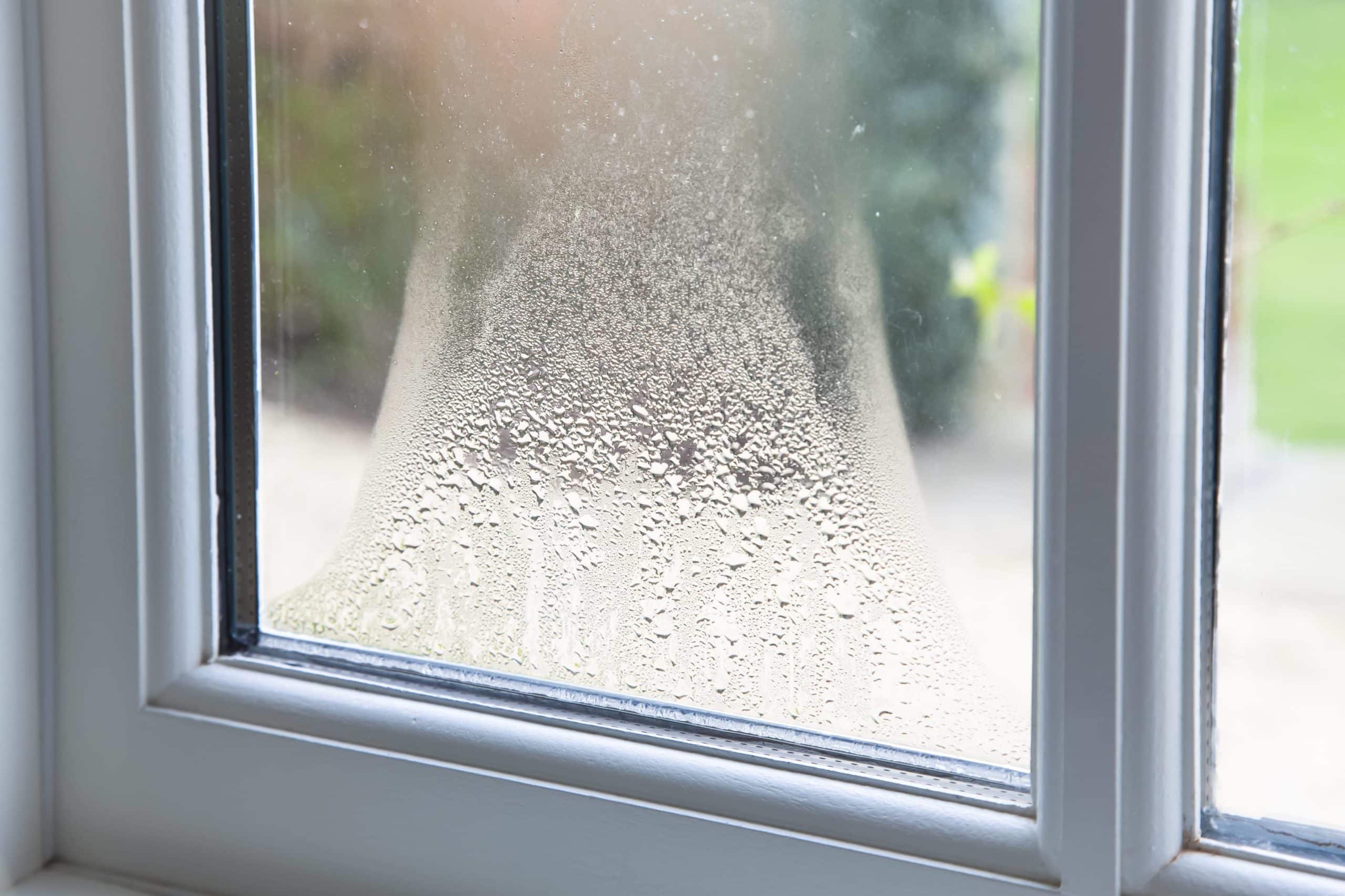
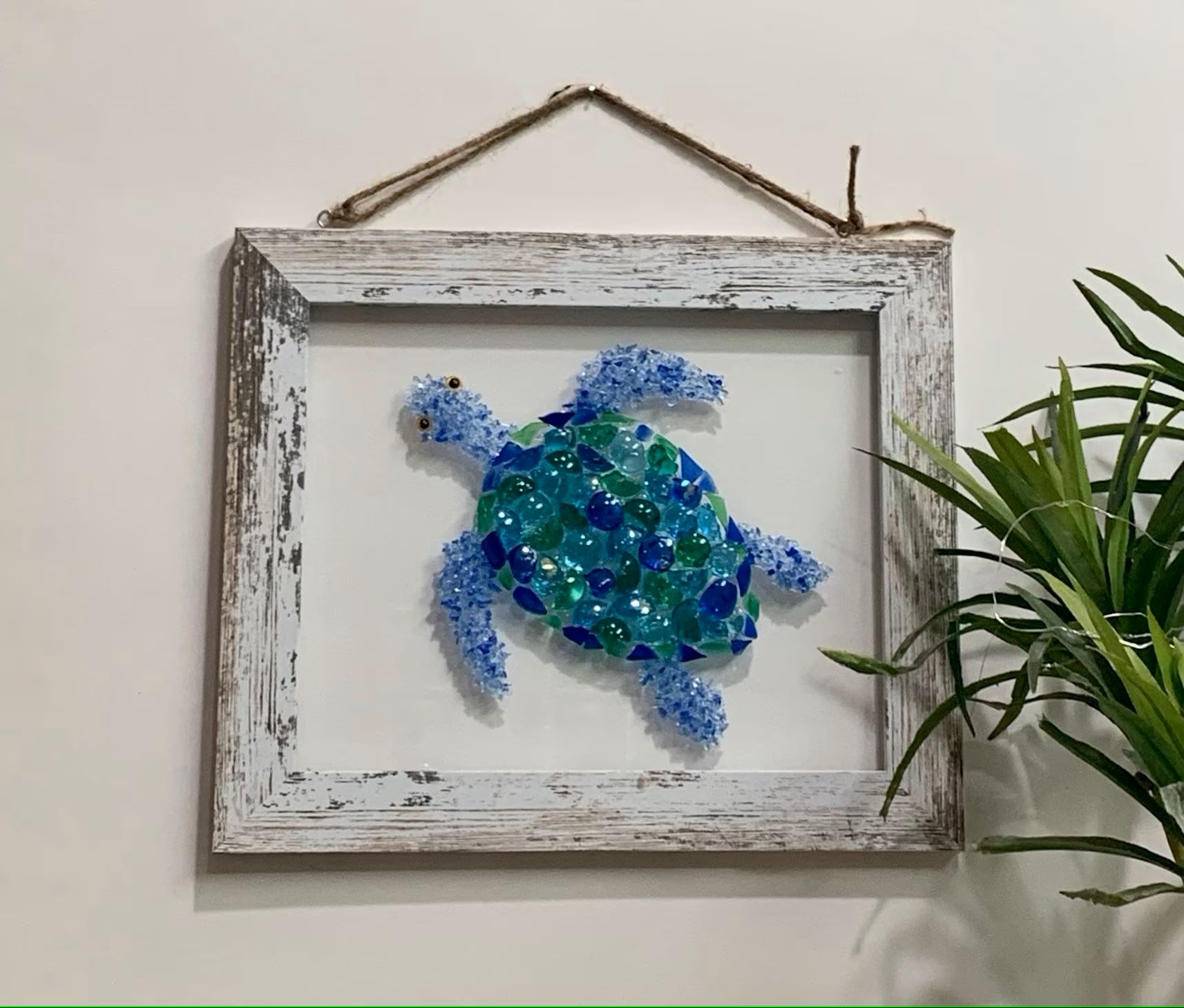
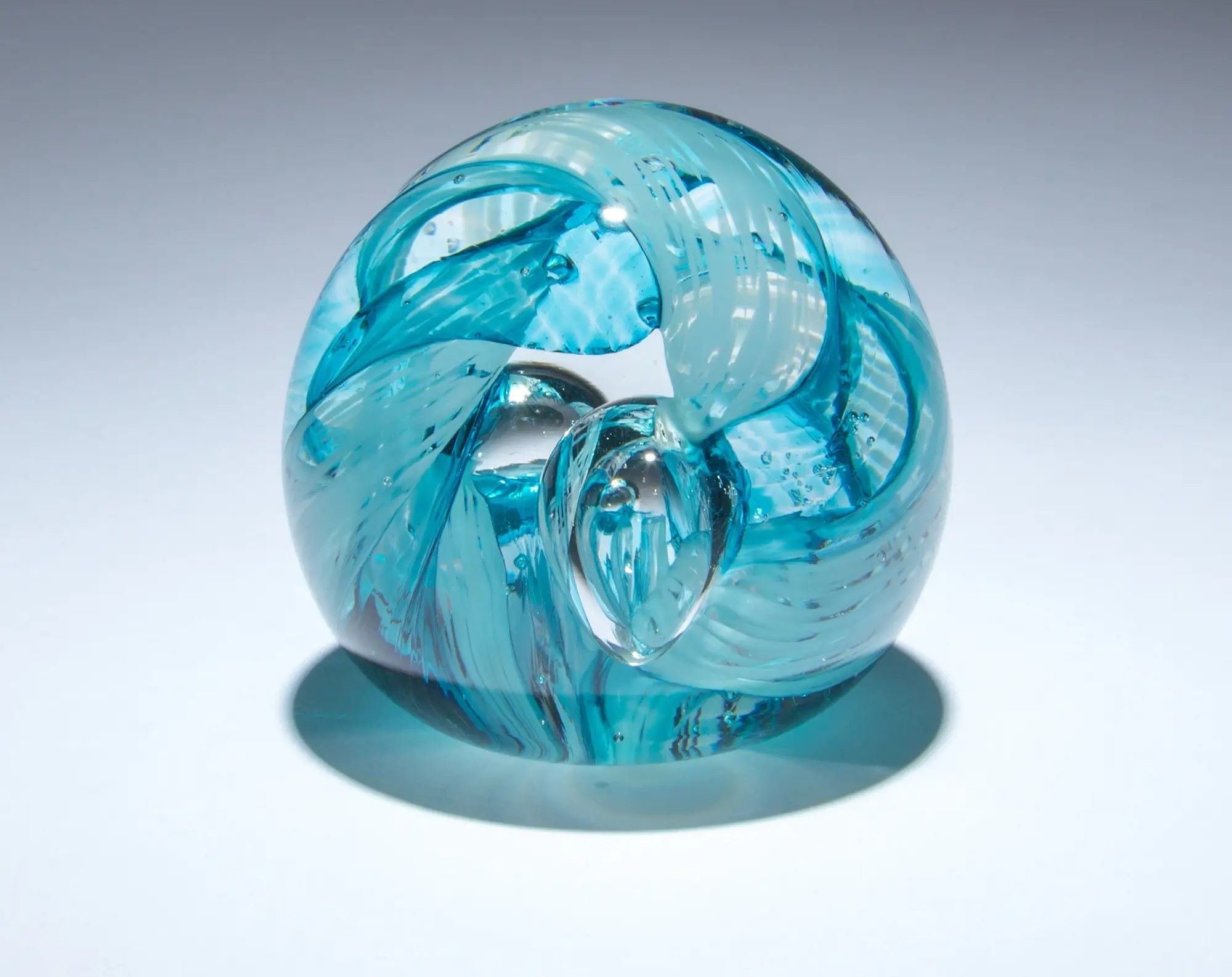


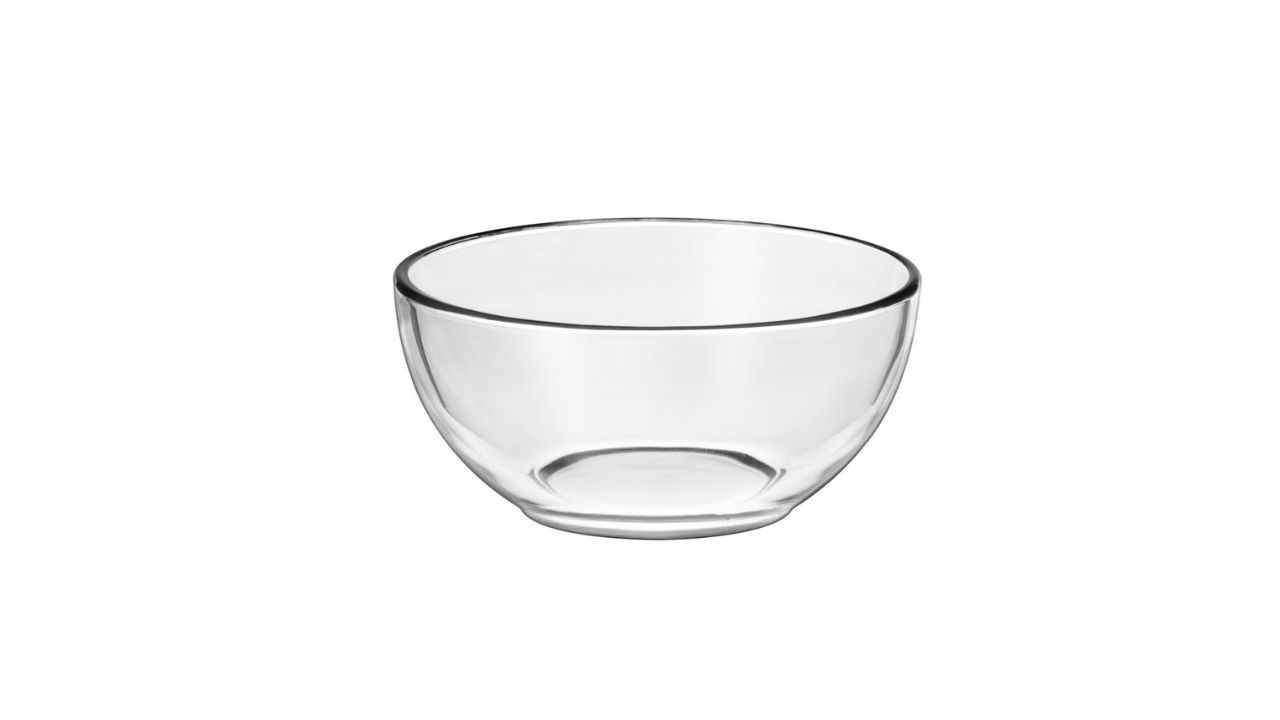
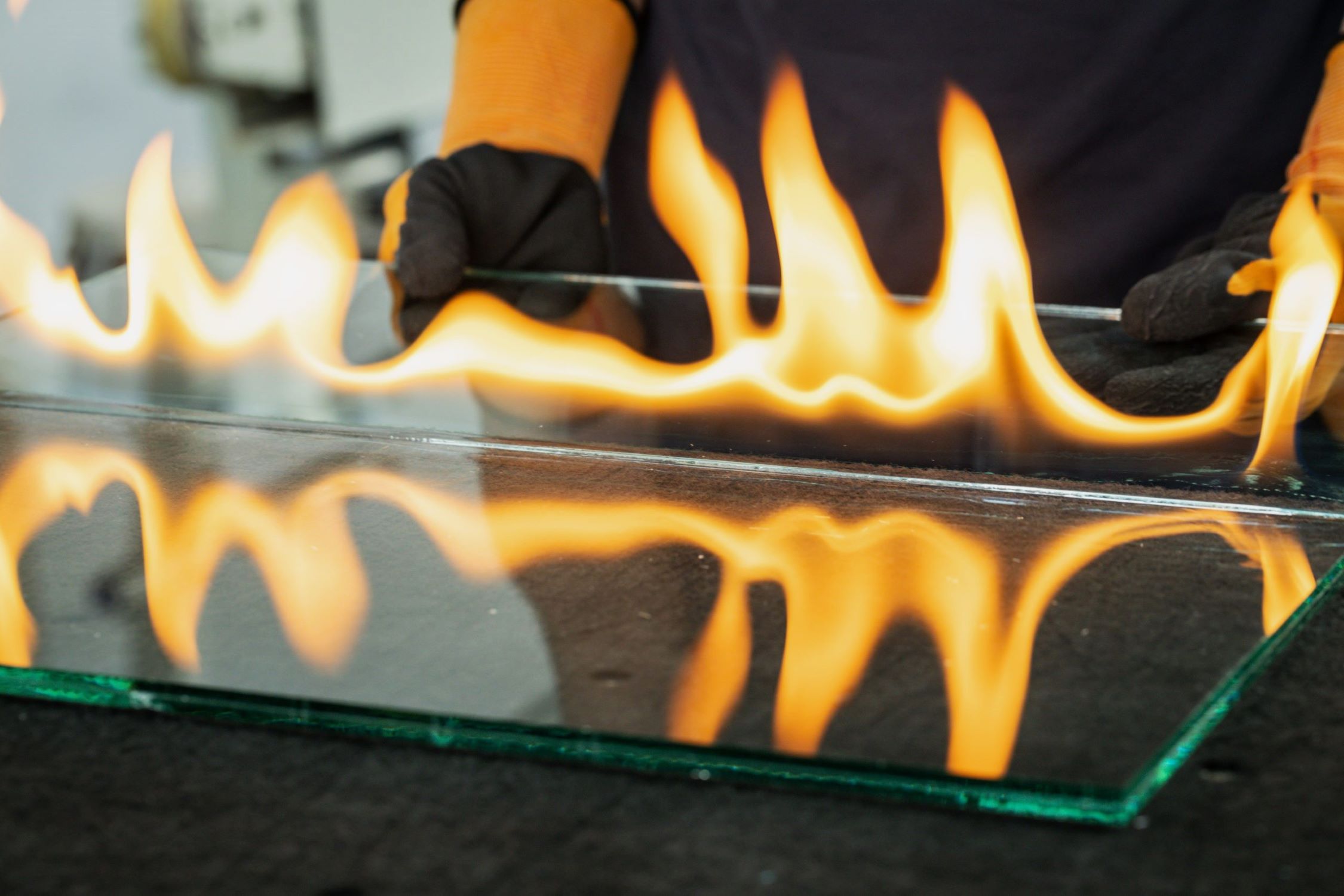
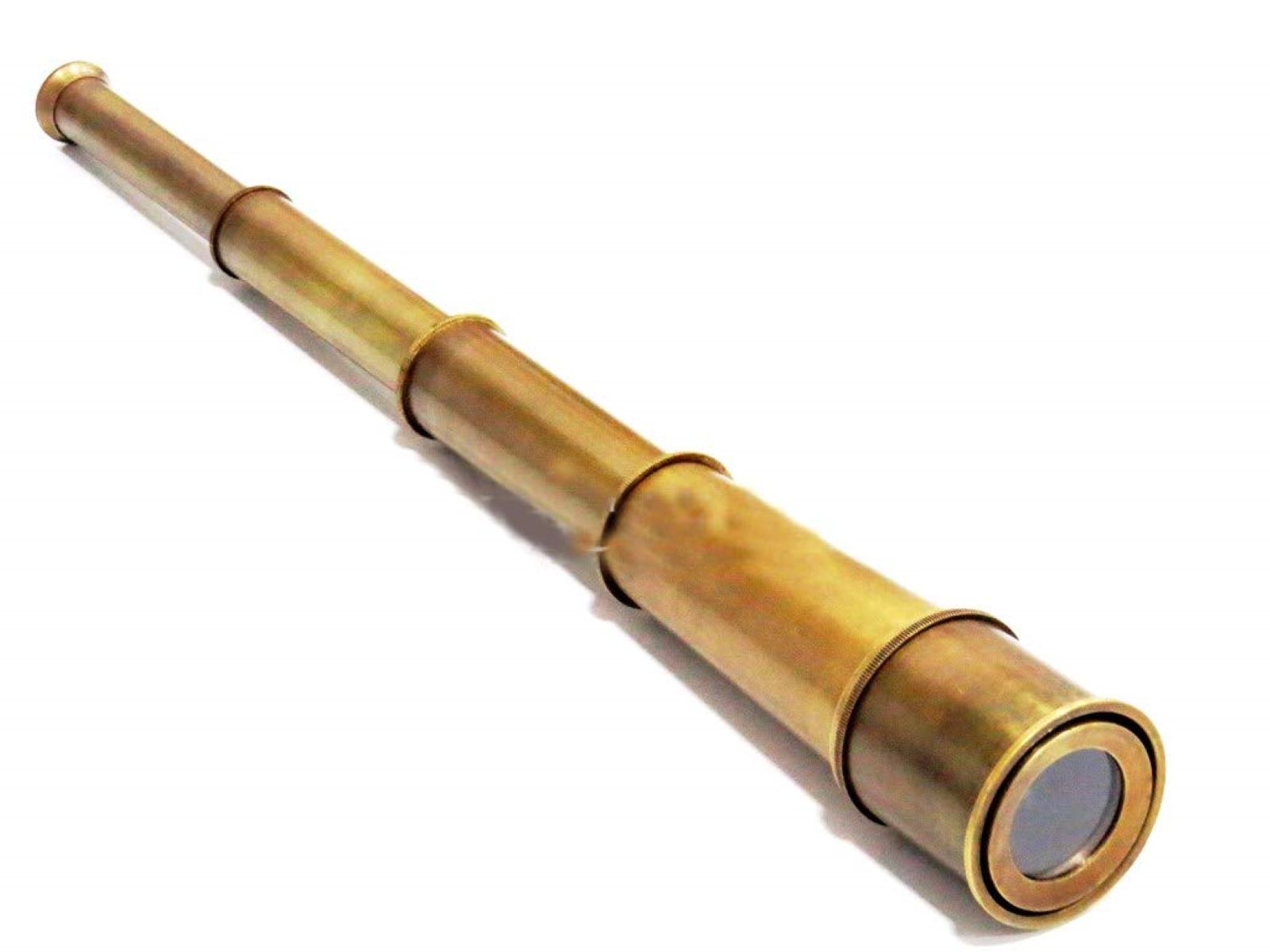


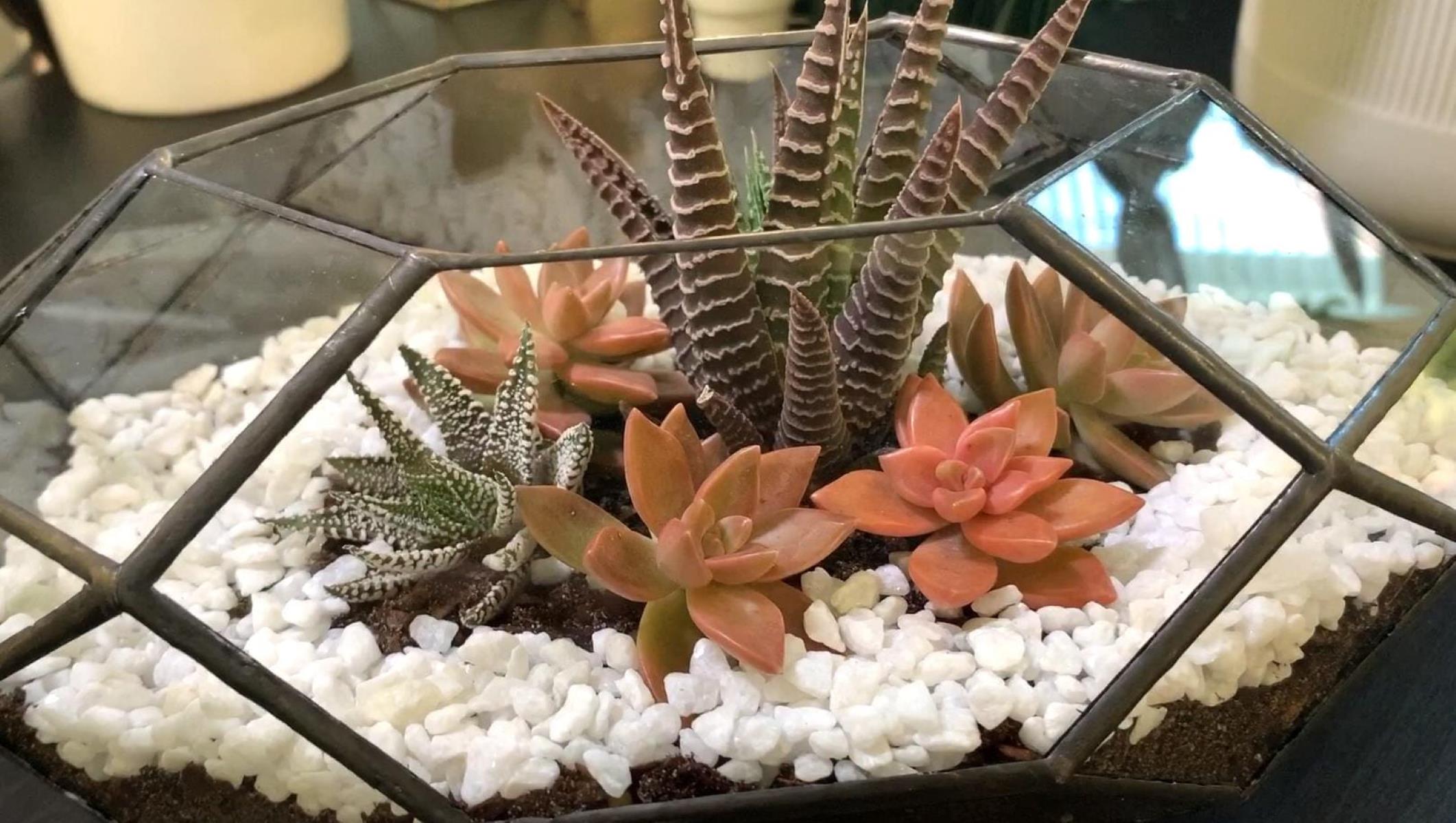

0 thoughts on “How To Make Glass Panes”